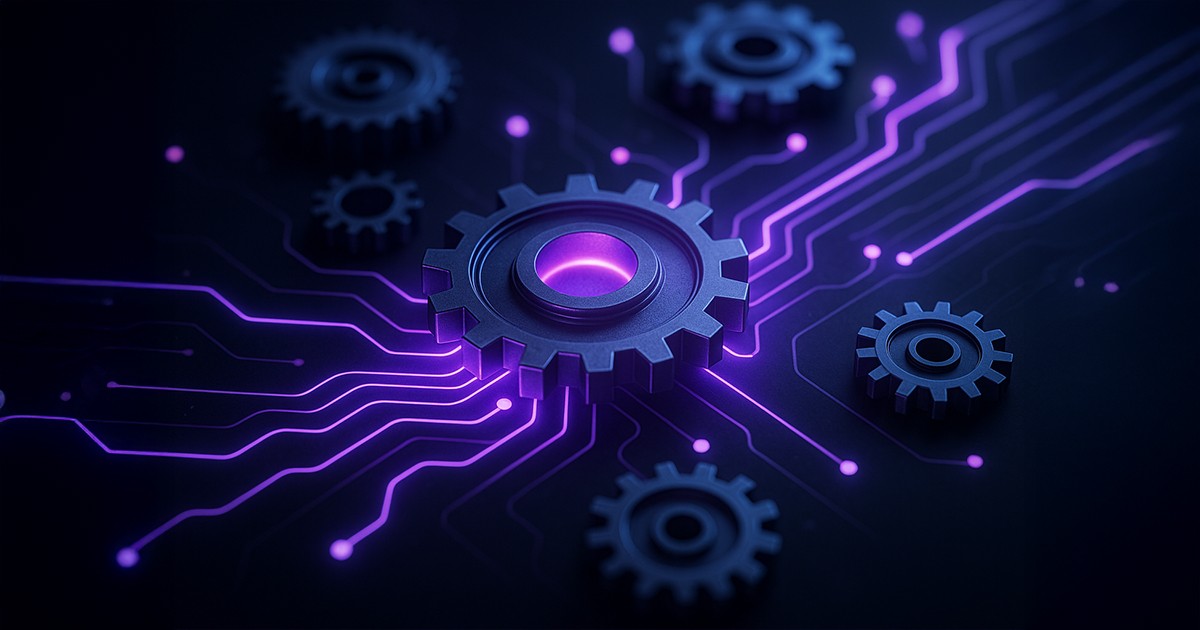The Evolution of Due Diligence
For decades, due diligence has been the defining step between interest and investment. But the traditional process relies heavily on human bandwidth; that is, analysts cross-referencing spreadsheets, reviewing financial statements, and reconciling fragmented data across systems.
This creates latency and bias. Important indicators, such as revenue quality, customer concentration, compliance exposure, can easily be buried in noise.
AI due diligence automates this analytical lift. Instead of waiting weeks for a team to uncover patterns, AI models extract, classify, and interpret key financial, legal, and operational data within hours.
By the time negotiations peak, investors already know the target’s true standing, supported by data, not assumptions.
From Data Overload to Decision Clarity
Modern deals involve vast data sets: QOEs, P&Ls, contracts, ESG reports, and digital performance metrics. What used to require 10 analysts over several weeks can now be executed by due diligence AI within a single platform.
Through intelligent pattern recognition and contextual learning, AI due diligence identifies anomalies, inconsistencies, and emerging trends that human teams may overlook. It highlights revenue irregularities, short-term liabilities, and operational inefficiencies, long before they appear in post-acquisition reports.
This isn’t about replacing expertise; it’s about amplifying it. With AI handling the heavy data lifting, analysts can focus on interpretation, strategy, and negotiation, which are areas where human judgment truly creates alpha.
How AI Due Diligence Uncovers Hidden Risks
Every transaction carries risk, but the most dangerous kind is the one you don’t see coming. Traditional due diligence can only go as far as the data it can manually process, leaving blind spots where inconsistencies, liabilities, or performance distortions hide.
AI due diligence eliminates those blind spots by analyzing data at scale and in context, exposing signals that human reviewers might overlook.
Pattern Recognition and Correlation
AI doesn’t just scan documents; it understands them. Its strength lies in pattern recognition and correlation, identifying trends across massive datasets that would take humans months to review.
It can process thousands of documents at once, such as contracts, invoices, emails, and compliance files, spotting subtle discrepancies in revenue recognition or unusual contractual terms that shift payment obligations.
Each pattern becomes a signal, guiding analysts to areas that deserve deeper scrutiny before they turn into post-deal problems.
Natural Language Processing (NLP)
Through natural language processing (NLP), AI interprets meaning, tone, and sentiment across written text. This allows it to flag potential red flags within correspondence or legal documents, like ambiguous clauses, inconsistent disclosures, or changes in tone that may indicate disputes.
Instead of relying on manual keyword searches, NLP transforms unstructured text into actionable intelligence that reveals the story behind the numbers.
Cross-Data Correlation
Hidden risk often lives between data sources. AI’s cross-data correlation connects insights that would otherwise remain siloed, linking customer concentration data with geographic exposure, or comparing vendor terms with projected cash flows.
This integrated perspective uncovers structural vulnerabilities early, allowing investors to address them during negotiation rather than post-acquisition.
Quantified Probabilities
Every red flag identified by AI due diligence is measurable. Instead of vague “concerns,” investors receive quantified probabilities; that is, a data-backed assessment of how each issue could impact value, performance, or integration.
This enables deal teams to act strategically: renegotiating terms, adjusting valuations, or redesigning integration plans with precision and confidence.
The Future of Risk Assessment
As capital markets become increasingly data-dense, AI due diligence will define the edge between ordinary and exceptional performance. Firms that adopt it early gain a structural advantage: speed in deal cycles, precision in valuations, and confidence in decision-making.
Regulators and LPs are also demanding higher transparency and data integrity. With automated due diligence, investors can demonstrate a defensible audit trail of how insights were derived, supporting compliance and governance expectations.
In short, what was once a cost center becomes a competitive differentiator.
Inside OakTech’s Due Diligence Co-Pilot
Due Diligence Co-Pilot is OakTech’s proprietary platform built to elevate how investors and deal teams evaluate opportunities. Designed by professionals who’ve executed transactions across venture, private equity, and M&A, it fuses institutional-grade analytics with AI-native speed.
Here’s how it works:
- Automated Document Ingestion
Upload financials, contracts, and operational data; the system categorizes and analyzes every file instantly.
- Contextual Risk Scoring
Machine learning models evaluate indicators across financial, operational, and compliance domains.
- Cross-domain Correlation
It connects insights from multiple datasets, like matching contract exposure with financial forecasts, to surface dependencies that matter.
- Explainable Insights
Unlike black-box systems, every output in Due Diligence Co-Pilot is traceable and transparent, empowering confidence in every conclusion.
Momentum replaces hesitation. With cleaner data and fewer unknowns, teams gain the confidence to act decisively when it matters most.
A Smarter Path to Confident Decisions
At OakTech Systems, we designed Due Diligence Co-Pilot to turn data into foresight. It’s more than a due diligence tool; it’s an analytical partner that works alongside your team, identifying what others miss and surfacing value others overlook.
When the difference between success and setback depends on what’s discovered before signing day, AI due diligence ensures you’re always a step ahead.




